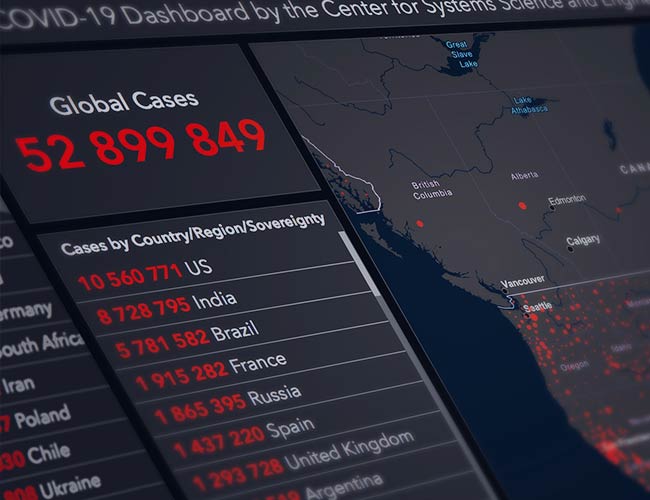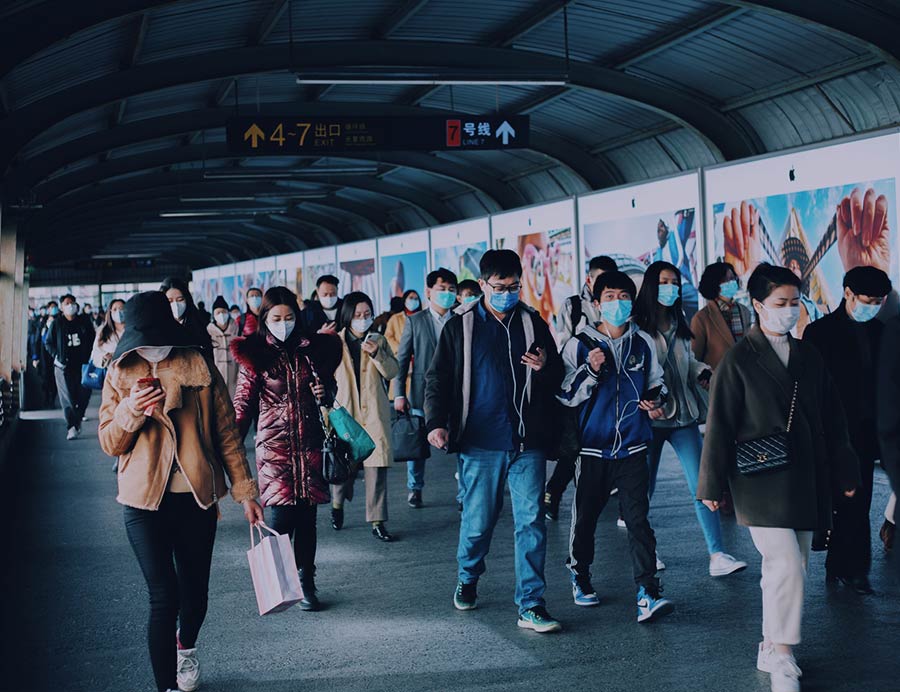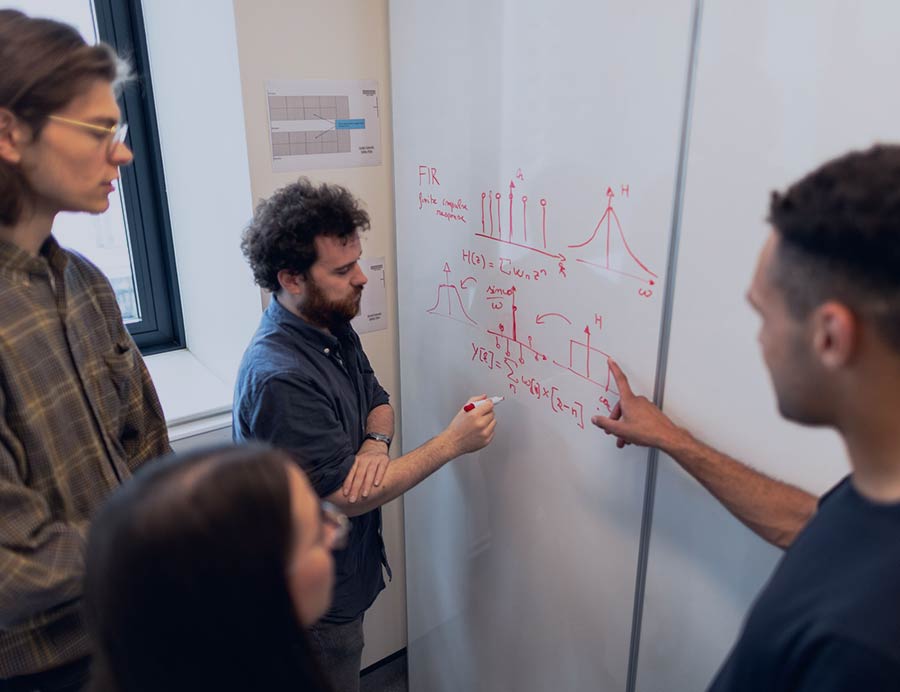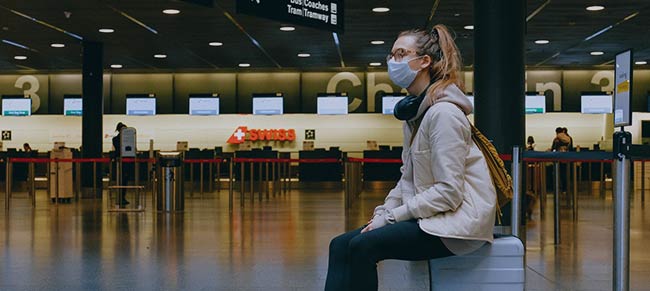The Challenge
COVID-19 has spread to 191 countries and territories and infected over 67.11 million people. The illness has caused more than 1.53 million deaths, and it continues to spread as lockdown measures have been lifted in most countries. On Wednesday, March 11, the World Health Organization held a media briefing to declare the COVID19 outbreak a global pandemic.
Practises Adopted to Asymptomatic & Positive Cases
Since most COVID-19 infections appear to have mild or moderate symptoms, it is crucial to reduce the number of severely infected cases and deaths rather than only flattening the total epidemic curve. By end of the month, WHO published guidance on the rational use of personal protective equipment, in view of global shortages. This provided recommendations on the type of personal protective equipment to use depending on the setting, personnel, and type of activity. To mark the number of confirmed COVID-19 cases surpassing 100,000 globally, WHO issued a statement calling for action to stop, contain, control, delay and reduce the impact of the virus at every opportunity – by urging global governments into taking immediate and aggressive actions to stop the pandemic and global outbreak of the COVID-19, with aim of saving lives, and minimize impact it has on a global scale that would affect global economies, security, peoples’ livelihoods, health and well-being.
Clusters containment, tracing, recording, and tracing were being implemented across nations to cope with the COVID-19 pandemic, as it was found out the massive widespread of infections were through large clusters or through community transmission; WHO initiated the world “detect, test, treat, isolate, trace and mobilize” measures to all governments to cope with the pandemic. Nations across the globe have begun to adopt to the new norm of 2020 – observe strict personal hygiene, wearing face masks / covers, using hand-sanitizers, and the most current global routine - the practise of Social Distancing amongst citizens of each nations of the world.





